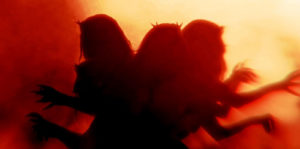
Daniel Falicki unleashes a Native American curse in his supernatural horror, Bone Hill. In the backwoods of Michigan, a young woman, Laurie (Abby R. Mooring), is pursued by the police in the middle of the night. She calls out to Mother Earth before being subdued by Sheriff Barney (Roger Callard). Later, it’s revealed she’s the town librarian, and the incident is unusual due to her lack of history of mental illness.
Psychiatrist Wade Dygert (Jeremy Koch) is called in to investigate. Still grieving his wife’s suicide, Wade interviews the now-silent Laurie, who is suddenly awakened and appears possessed, warning that something evil is coming. Clues lead Wade to a sacred site known as Bone Hill and to a figure known as Ogema Kwedake—a mythical guardian tasked with keeping a demonic entity, Napnewen (spelling unconfirmed), at bay.
Wade’s investigation deepens as he uncovers signs that Laurie may be a vessel for the ancient spirit Ogema Kwedake and that Laurie was sent to sacrifice herself on Bone Hill but failed. Laurie’s father, Simon (James Whitecloud), tells Wade the legend of two brothers: Ogema Kwedake, who used his powers for good, and Napnewen, who turned demonic feeding on human bones. Guardians like Ogema Kwedake must periodically sacrifice others to keep the evil brother sealed from the living. Wade suspects Laurie might be the latest in a line of such protectors.
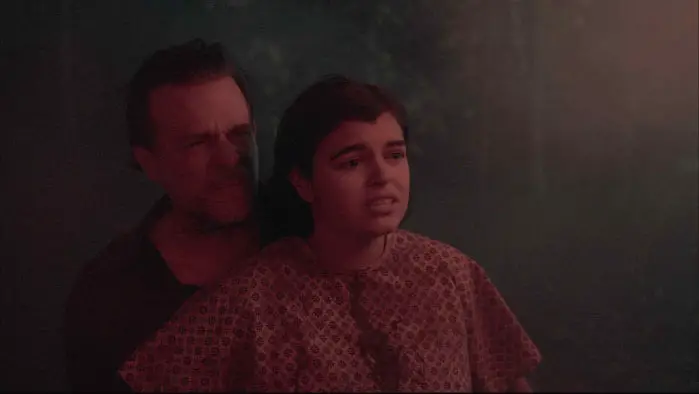
“…demonic spirit will be unleashed and destroy all that is good…”
As Napnewen’s dark presence grows stronger, Wade realizes Laurie’s disturbing visions and actions might not be madness but prophecy. The curse is real, and if Laurie fails to complete her mission, the demonic spirit will be unleashed and destroy all that is good. Wade must uncover the truth behind Bone Hill’s past and what role he must play in stopping the coming evil. Is Laurie possessed by either Ogema Kwedake or Napnewen?
Bone Hill is a formidable indie horror. It starts like a low-budget indie with average scares in the film’s opening and decent acting from its cast. Once it gets to the lore of Bone Hill, which is told using a stylized form of animation, the film starts to pick up. Demon possession, blood and goo spitting, and the emotional torture of protagonist Wade all erupt in the second half to ghoulish delight.
I’m not sure that Bone Hill follows any established Native American lore, but along with writer Wil Radcliffe, director Daniel Falicki sets the right tone from the start, building a solid foundation for the film’s lore and then paying it all off in the end. Bone Hill will sit nicely on your shelf of indie B-horror flicks.
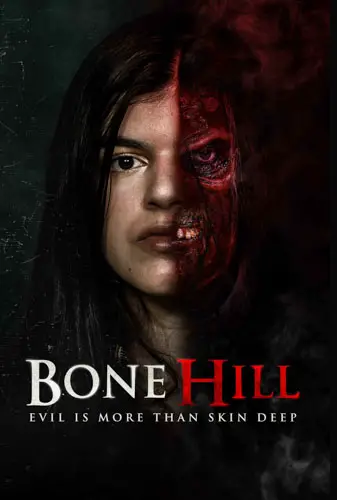
"…blood and goo spitting..."
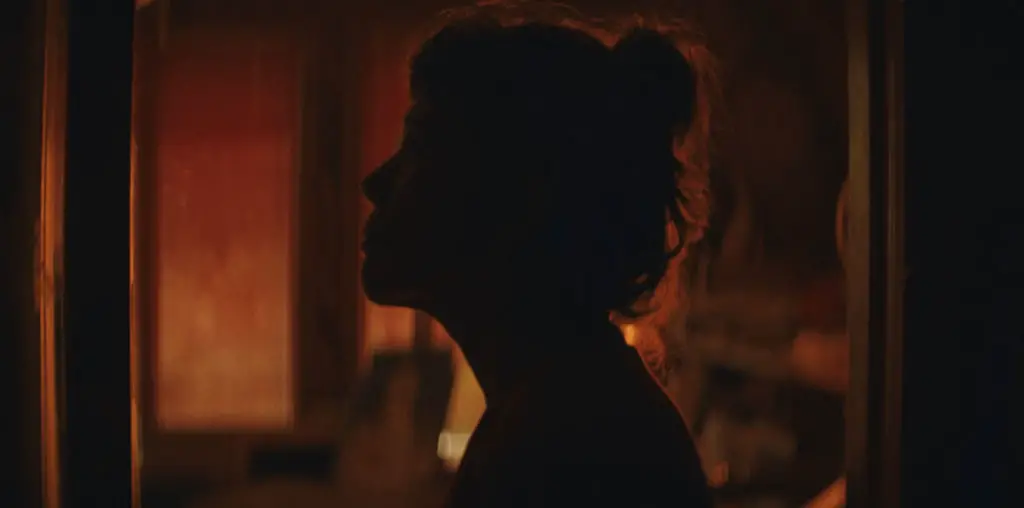
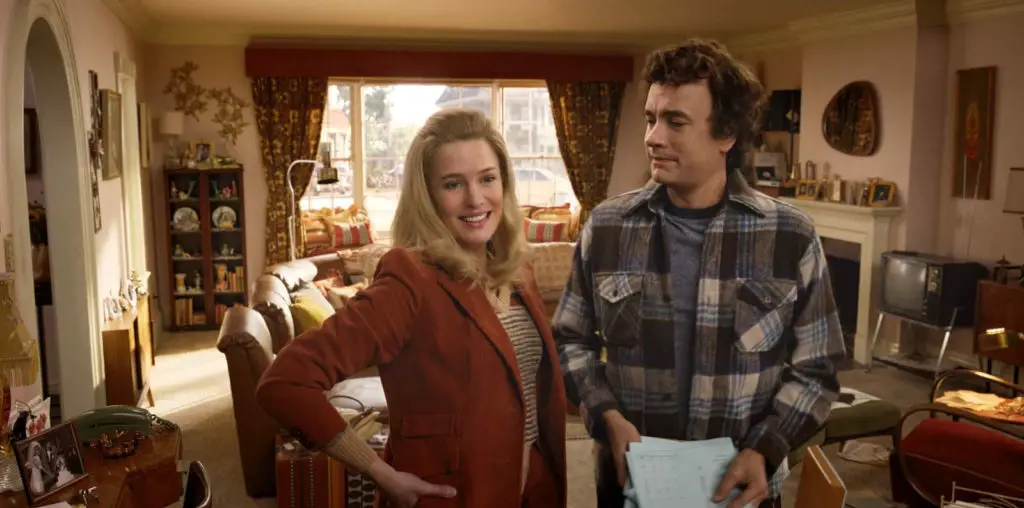
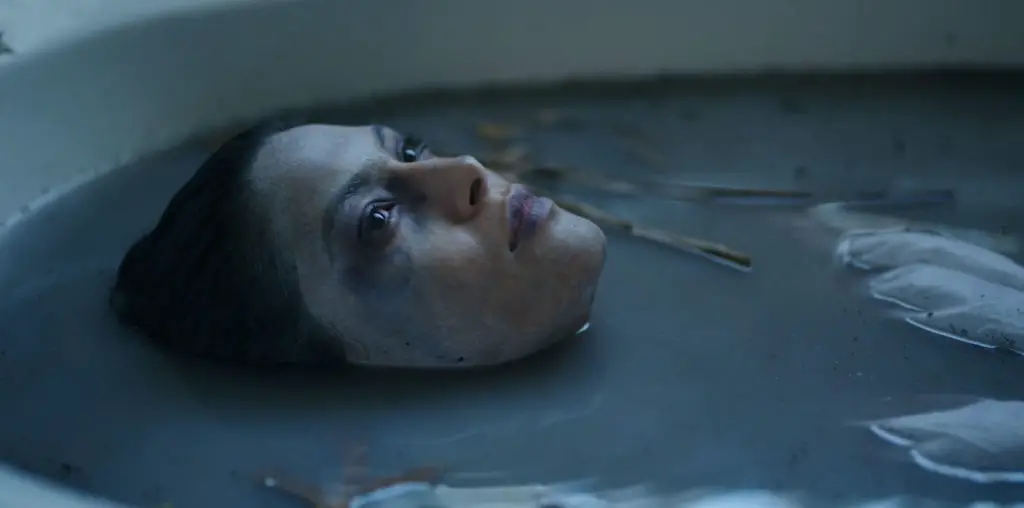
Bone Hill seems to tread a fine line between paying homage to Native American mythology and taking creative liberties for the sake of horror. While the lore and stylized animation are intriguing, I can’t help but wonder: does this film risk perpetuating stereotypes about Indigenous cultures, or does it successfully honor their storytelling traditions? It’s refreshing to see indie horror delve into cultural mythology, but accuracy and respect are crucial. What do others think—should filmmakers take more responsibility in representing such themes authentically?
Thank you for your comment. I’m Wil Radcliffe, the writer and one of the producers of Bone Hill. We actually worked closely with the Nottawaseppi Huron Band of the Potawatomi throughout the filming process. They reviewed the script early on, offered input, let us film on their land, and some of the tribe members even appeared in the film. While the mythology in Bone Hill is original and meant for horror, we made sure to approach it with respect and collaboration from the start.